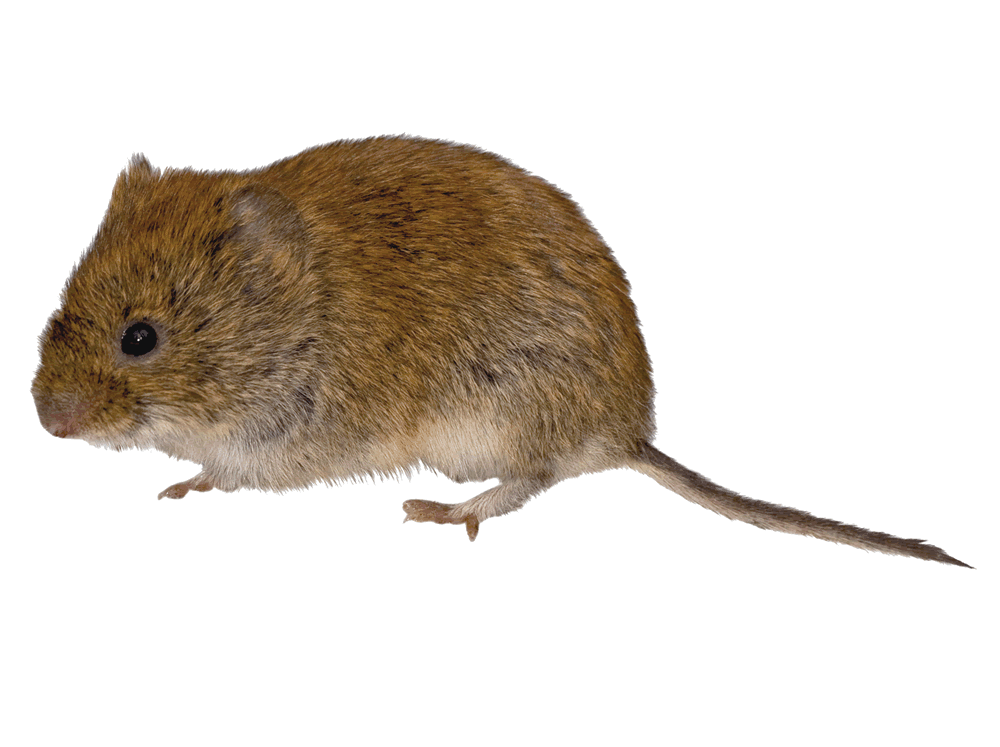A homeowner takes pride in his/her home including the yard. An average homeowner can spend a minimum amount of $250 to fix or decorate their yard. There are nuisance pests that can dig holes in a yard which can effect the way the yard looks and/or can cause falling hazards. Moles and voles a couple of the smallest nuisance pests which can dig those holes. Here are some of the differences between the two to help you identify between them.
Moles

These animals are small mammals which have velvety fur, hard to see ears and eyes, but have powerful limbs with large paws to that digs. They have an extra thumb next to the regular thumb. They can also tolerate longer times underground than other animals due to their breathing technique.
Breeding is generally February through May. Males let out a high pitched squeals to search for females. Females are in gestation around 42 days in which three to five young are born from March to April. The pups leave the nest around 30-45 days after birth. Moles only come together to mate. At times mole's territories overlap in which produces males to fight fiercely.
Moles cause agricultural problems by contaminating feed to livestock, damages agriculatural machinery by exposing rocks, disturbing soil killing young plants, damage to drainage systems, and more. While burrowing, these pests raise hills in the lawn killing different parts. They also kill plant roots as to flower beds which kills off the plants. These damages are visual so it's easy to suspect a mole has made a home in your yard.
Voles

These pests are related to the mouse family with a shorter body, hairy tail, slightly round head, small ears and eyes with different teeth structures. They are much smaller than moles to only grow three to nine inches.
Voles can multiply increasing the population in a short time and a mating pair can birth hundreds within the year. These animals have a mating system which includes behaviors induces different patterns in their mate choice and parental care. Females can have five to ten litters a year which each litter can produce five to ten young. They live in a colony due to the young staying in the family for a longer period than moles.
Males are very territorial. They mark and aggressively defend their territories; therefore, such markings initiate female preference. Females tend to show agression toward other females when bonded with a male.
Voles live on small plants, dead animals, and on almost any nut or fruit; however, they mostly target small plants. They often eat succulent root systems and burrow underground and continuously eats until the plant is dead. Bulbs are another target to them. Their tunnel skills give them access to sensitive areas underground. Their presence is identifiable after destroying a number of plants.
Both moles and voles have similarities but also many differences. If you suspend you have a mole or vole tunneling underground in your lawn, give Elite Wildlife Removal a call at 804-867-7184. We will be more than happy to work with you regarding your wildlife needs.














